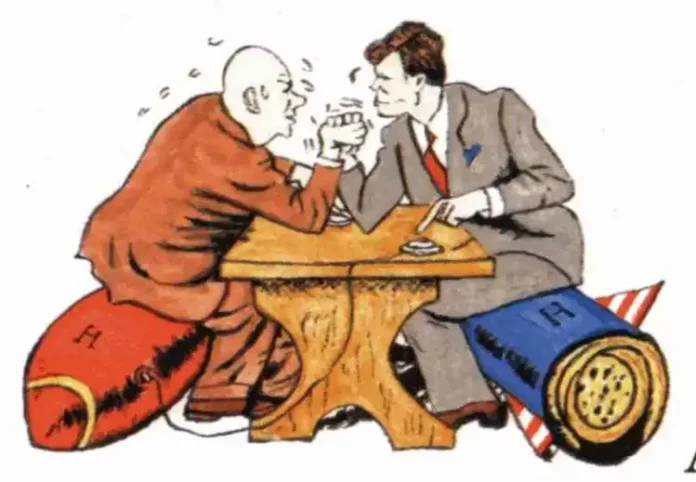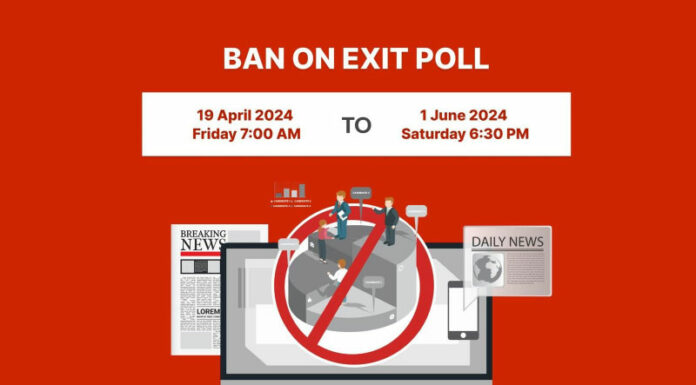Yeltsin had commenced a reform program in 1991, a strategy where the country would change into a market economy. They planned on price liberalization, ending subsidies, and privatizing industries. The shock therapy was put in place to hasten the process of turning the country into a market economy. The underlying problem was that incapable companies would quickly go out of business, resulting in a vast number of employees becoming unemployed.
In 1992, Russian President Boris Yeltsin and his team of economists led by Yegor Gaidar implemented a set of economic policies called “shock therapy” or “shock capitalism” with the intention of swiftly transitioning the country from a planned economy to a market-based one. These policies included measures such as privatizing state-owned industries, liberalizing prices, and reducing government spending.
The immediate consequences of the shock therapy were a sharp decline in living standards for many Russians, as prices for goods and services skyrocketed and wages failed to keep pace. This led to widespread poverty and unemployment, as well as a decline in life expectancy and an increase in crime. Additionally, the rapid privatization of state-owned industries led to the concentration of wealth in the hands of a small group of oligarchs, further exacerbating economic inequality.
In the long-term, the shock therapy did lead to some economic growth and modernization, as well as an increase in foreign investment. However, the benefits of these developments were not evenly distributed, and many Russians continued to struggle economically. Additionally, the oligarchs who emerged as a result of the rapid privatization were able to exert significant political influence, leading to a weakening of democratic institutions and the erosion of the rule of law.
In conclusion, the shock therapy implemented in Russia in 1992 had both positive and negative consequences. While it did lead to some economic growth and modernization, it also resulted in a decline in living standards for many Russians and a concentration of wealth and power in the hands of a small group of oligarchs. Additionally, it may have led to the erosion of democratic institutions and the rule of law, which has had long-term negative effects on Russian society.
What is shock therapy?
Shock therapy is a term used to describe a set of economic policies that are intended to rapidly transition a country from a planned economy to a market-based one. These policies are typically implemented in response to a severe economic crisis, such as hyperinflation or a debt crisis, and are intended to achieve a rapid stabilization of the economy.
The main elements of shock therapy include:
- Price liberalization: This involves the removal of price controls and allowing market forces to determine the prices of goods and services.
- Ending subsidies: This involves the elimination of government subsidies for goods and services, which can distort market prices and lead to inefficiencies.
- Privatization: This involves the sale of state-owned enterprises to private investors, with the goal of increasing efficiency and reducing government involvement in the economy.
- Fiscal austerity: This involves cutting government spending and balancing the government budget, which is intended to reduce inflation and stabilize the economy.
- Monetary tightening: This involves raising interest rates and tightening monetary policy to reduce inflation.
The goal of shock therapy is to stabilize the economy and create the conditions for long-term economic growth. However, the implementation of these policies can be very painful and can lead to a sharp decline in living standards for many people, as prices for goods and services skyrocket and wages fail to keep pace. Additionally, the rapid privatization of state-owned industries can lead to the concentration of wealth in the hands of a small group of oligarchs, further exacerbating economic inequality.
In conclusion, shock therapy is a set of economic policies that are intended to rapidly transition a country from a planned economy to a market-based one. These policies can be very painful and can lead to a sharp decline in living standards for many people, but they are intended to stabilize the economy and create the conditions for long-term economic growth.
The consequence of Shock Therapy in Russia in 1992
During the Cold War in 1992, Russia made a sudden decision to change their ideology. This led to further damage as the consequences were dreadful. The model of economic transition in Russia, which was influenced by the World Bank and the International Monetary Fund, was called the Shock Therapy. The Shock Therapy ruined the economy of Russia as well as East European countries.
- When the reforms were implemented, about 90 percent of industries in Russia were sold to rich individuals or private companies.
- Market-driven forces, rather than government policies, carried out the restructuring. This caused most industries in the region to disappear. The top-rated and valuable industries that once dominated were now placed at an undervalued position. The worst part was that these industries were sold at throwaway prices, causing major disruption in the market. This event infamously became known as “The largest garage sale in history,” which took place in 1992.
- Another condition that angered the situation was the high rate of inflation. The Ruble, the currency of Russia, lost most of its value considerably, resulting in most people losing all their hard-earned savings.
- When we look into the agriculture and food sector, the collective farms had disintegrated, leaving the people of Russia without any food security. The old trading structure of Russia broke down without having a possible alternative in its place, which led to importing food from other countries.
- The poverty-stricken people and small business owners were the most affected during this time. Furthermore, the government later withdrew its subsidies on various goods and services, pushing people into poverty.
- With this being the situation in Russia, the Mafia took control over the economic functioning and activities. Privatization had led to greater inequalities among the people, worsening the effects of the Cold War.
- Establishing democracy was not given priority. The constitutions of the former republics of the USSR gave wide powers to the President. In a few Eastern European countries, the President turned into dictators.
The economies of the Eastern European countries, including Russia, began to revive from the year 1998 after a six-year struggle since 1992.
Why did shock therapy fail in Russia?
Shock therapy, also known as the “big bang” approach, was a set of economic policies implemented in Russia in the early 1990s as a way to quickly transition the country from a planned to a market economy. The goal of these policies was to liberalize prices, end subsidies, and privatize industries in order to create a market-driven economy. However, the implementation of these policies resulted in widespread economic devastation and social unrest, leading many to question why the shock therapy failed in Russia.
One of the main reasons for the failure of shock therapy was the lack of preparation and planning. The government of Russia at the time, led by President Boris Yeltsin, failed to properly prepare the country for the transition to a market economy. They did not create a legal framework for the privatization of state-owned industries, which led to a chaotic and often corrupt process of asset stripping by powerful oligarchs.
Another reason for the failure of shock therapy was the speed at which it was implemented. The government moved too quickly to liberalize prices and end subsidies, which resulted in hyperinflation and a sharp decline in living standards for many Russians. This led to widespread social unrest and protests, further destabilizing the country.
Additionally, the government failed to address the structural problems of the Russian economy, such as a lack of competition and a weak banking system. This made it difficult for the economy to recover even after the shock therapy policies were implemented. Furthermore, the lack of institutional development of the market economy, like the lack of private property rights, made it difficult for the market to function properly.
Lastly, the government’s approach to privatization also played a major role in the failure of shock therapy. The government sold most industries to private individuals or companies at very low prices, resulting in the concentration of wealth and power in the hands of a few powerful oligarchs. This led to a widening gap between the rich and the poor, which further destabilized the country.
In conclusion, a combination of factors led to the failure of shock therapy in Russia, including poor planning and preparation, the rapid implementation of policies, the absence of structural reform, and the government’s approach to privatization. The experience in Russia serves as a warning for other countries considering a swift transition to a market economy.





